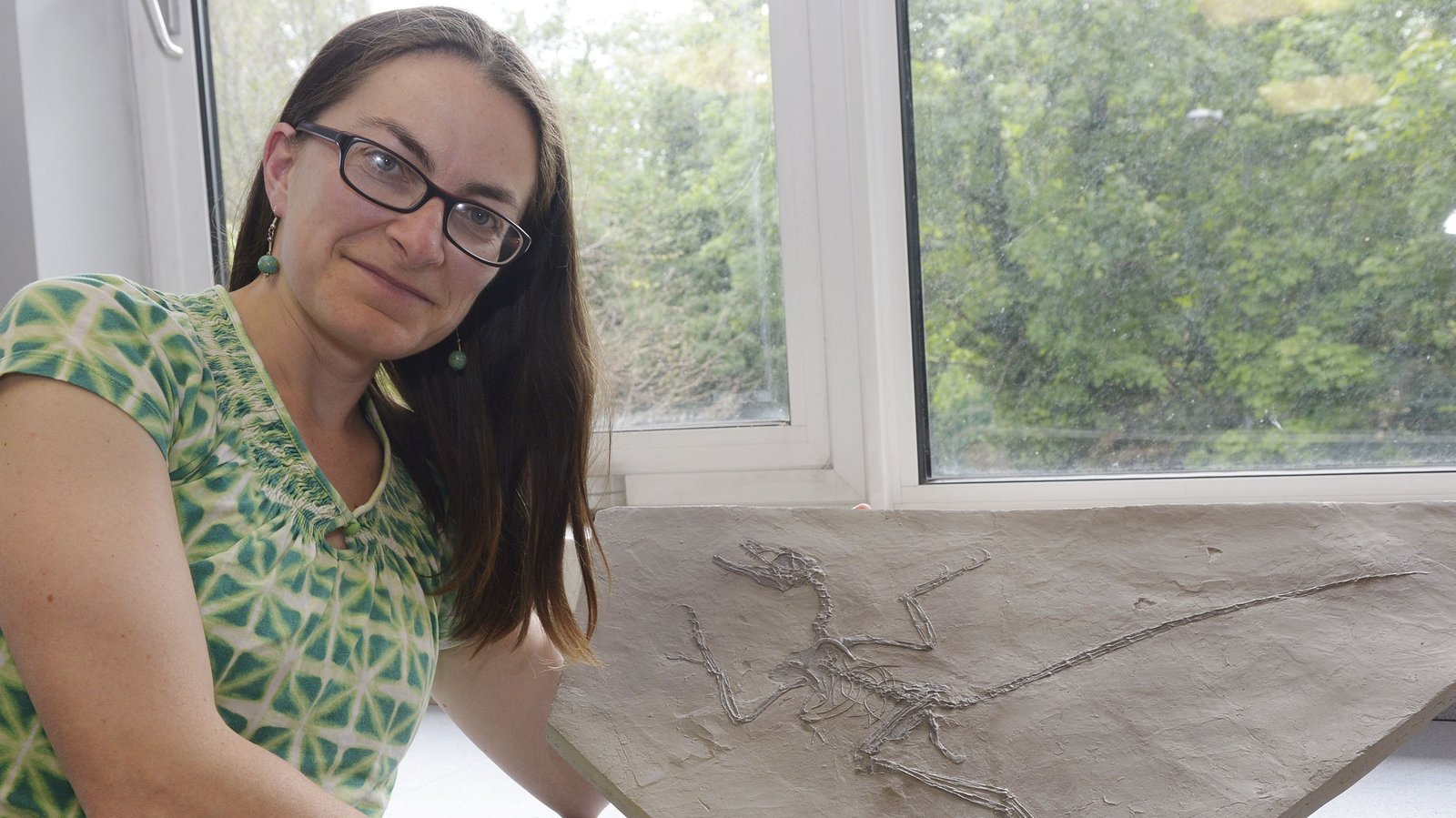In This Section
- Home
- About the College
- Governance
- College Committees & Steering Groups
- College Assembly
- College Council
- College Executive Management Committee
- College Academic Programmes and Curriculum Development Committee
- College Graduate Studies Committee
- College Research & Innovation Committee
- College Teaching Learning and Student Experience Committee
- College Student Recruitment and Outreach Committee
- College Sabbatical Research Leave Committee
- College of SEFS Adjunct Appointments Committee
- International Education Committee
- College Postgraduate Student Committee
- Athena SWAN Steering Group
- College Committees & Steering Groups
- Human Resources
- Annual UCC STEM Awards
- Scholarships and Prizes
- Women in STEM Panel Talks
- Inaugural Professorial Lectures
- Athena SWAN in SEFS
- Proposal Calls
- Contact Us
- Science in Society Public Lecture Series
- Governance
- News
- Staff
- Schools and Departments
- Current Students
- Undergraduate Courses
- Postgraduate Courses
- International Students
- Research and Innovation
- Employability and Careers
- Outreach and Public Engagement
- Science Week
- Transition Year Programmes
Dinobird dandruff reveals cool-bodied feathered dinosaurs and early birds

BEES palaeontologists have discovered 125 million year old dandruff preserved amongst the plumage of feathered dinosaurs and early birds from the famous Jehol biota from Liaoning in NE China.
Just like human dandruff, the fossil dandruff is made of tough cells called corneocytes, which in life are dry and full of the protein keratin.
The study, published today in the journal Nature Communications, is led by UCC’s Dr Maria McNamara in collaboration with her postdoctoral researcher Dr Chris Rogers and Dr Andre Toulouse and Ms Tara Foley from the UCC Dept. of Anatomy and Neuroscience, together with Dr Paddy Orr from UCD and an international team of palaeontologists from the UK and China.
The team made the discovery while studying the feathers of the fossil birds with powerful electron microscopes. ‘This was really unexpected. The fossil cells are preserved with incredible detail – right down to the level of nanoscale keratin fibrils’ said Dr McNamara. ‘What’s remarkable is that the fossil dandruff is almost identical to that in modern birds – even the spiral twisting of individual fibres is still visible.’
Modern birds have corneocytes with loosely packed keratin and lots of fats, which allows them to cool down quickly when they are flying for long periods. The corneocytes in the fossil dinosaurs and birds, however, were packed with keratin, with very little space for fats, suggesting that the fossils didn’t get as warm as modern birds, presumably because they couldn’t fly at all or for as long periods.
The paper can be accessed at https://www.nature.com/articles/s41467-018-04443-x
Oldest known case of dandruff found in 125 million-year-old dinosaur https://t.co/CebeIpGCRk
— Guardian Science (@guardianscience) May 25, 2018
UCC research head and shoulders above the rest...Dinosaur dandruff discovery sheds new light on ancient beasts https://t.co/50LK7OoUfa via @siliconrepublic
— UCC Ireland (@UCC) May 25, 2018
Scientists in UCC discover dino-bird dandruff https://t.co/6PKzq2KmTT pic.twitter.com/Zv2HL4QhWU
— Irish Examiner (@irishexaminer) May 25, 2018
College of Science, Engineering and Food Science
Coláiste na hEolaíochta, na hInnealtóireachta agus na hEolaíochta Bia
Contact us
Block E, Level 3, Food Science Building, UCC, Cork, T12 YN60.
